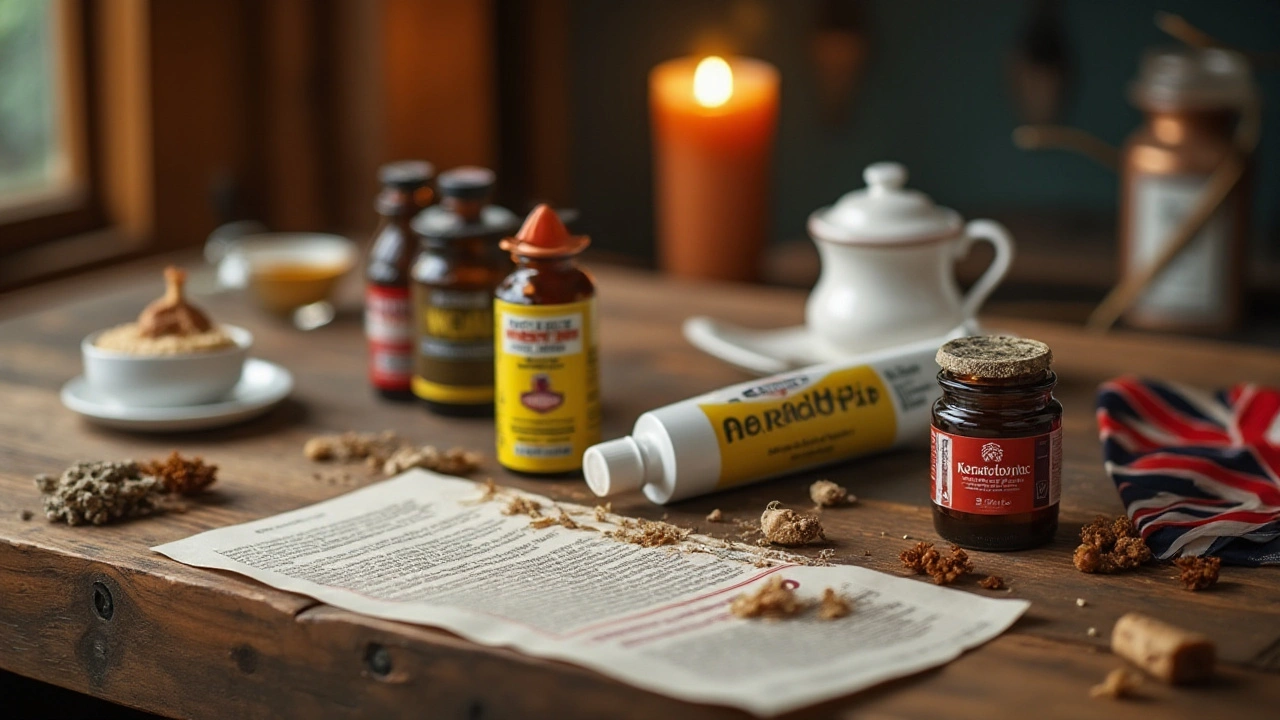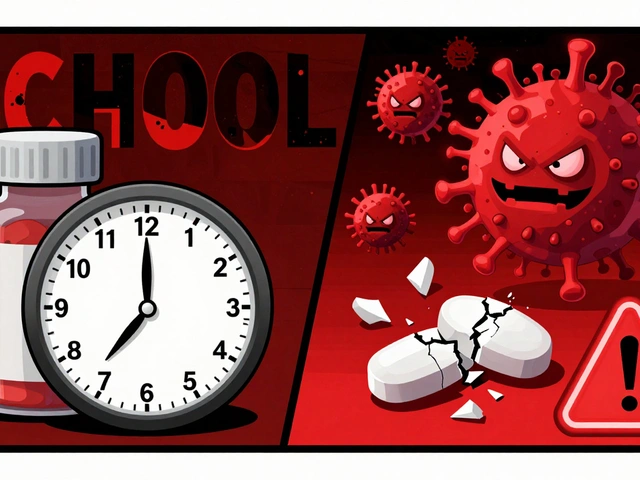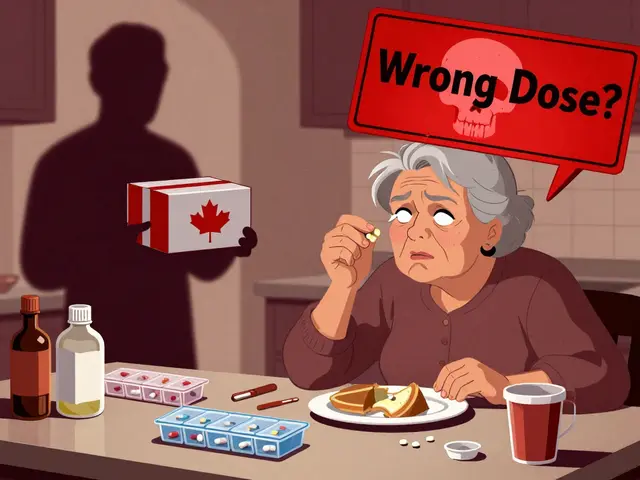Scabies Treatment: What Works Best for Fast Relief
If you’ve ever felt an endless itch that worsens at night, chances are you might be dealing with scabies. The culprit is a tiny mite that burrows into the skin, leaving a rash and relentless itching. The good news? You don’t need to suffer for weeks – proven treatments can clear the infestation in just a few days.
First things first: confirm it’s scabies. Look for small raised bumps or lines (called burrows) between fingers, on wrists, elbows, waistline, and even the genitals. If you spot these signs, grab a doctor’s appointment. A quick skin scrape can seal the diagnosis, and most clinicians will prescribe a treatment right away.
Topical Creams – The Front‑Line Heroes
The go‑to option for most patients is a prescription‑strength cream called permethrin 5%. Apply it from neck down, leave it on for eight to fourteen hours (usually overnight), then wash off. One full application often clears the mites; some doctors suggest a second dose after one week to kill any newly hatched bugs.
If permethrin isn’t available or you’re allergic, another topical option is benzyl benzoate or crotamiton cream. These work similarly but can cause more skin irritation, so follow the instructions carefully and test a small area first.
Oral Medication – When Creams Aren’t Enough
For severe cases, widespread rash, or if you can’t use creams (like on infants under two months), doctors may prescribe oral ivermectin. The typical dose is 200 µg per kilogram of body weight, taken once and repeated after a week. Ivermectin is easy to swallow and avoids the mess of cream, but it’s not approved for every age group, so your doctor will decide if it’s right for you.
People with crusted (Norwegian) scabies – a thickened skin form often seen in immunocompromised patients – usually need both oral ivermectin and topical treatments together. This combo attacks the mites from all angles and speeds up recovery.
While medication does most of the work, you also need to clean your environment. Wash all clothing, bedding, and towels in hot water (at least 50 °C) and dry on high heat for a minimum of 30 minutes. Items that can’t be washed should go into a sealed plastic bag for at least three days; mites can’t survive without a host for that long.
Don’t forget to treat close contacts – family members, sexual partners, and anyone sharing the same bed or sofa. Even if they feel fine, a single missed mite can reignite the cycle.
If itching persists after treatment, it’s likely an allergic reaction to the dead mites rather than an ongoing infection. Over‑the‑counter antihistamines or soothing lotions (like calamine) can help calm the skin while your body clears out the remnants.
Finally, keep an eye on re‑exposure. Avoid sharing personal items, and inspect any new household members for signs of scabies before they settle in. With quick action, the right medication, and proper cleaning, you’ll be back to itch‑free living in no time.






